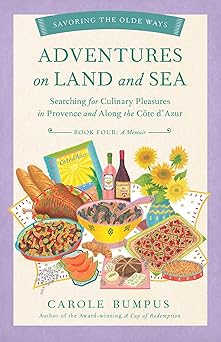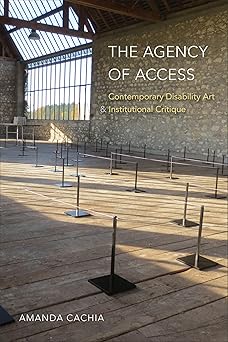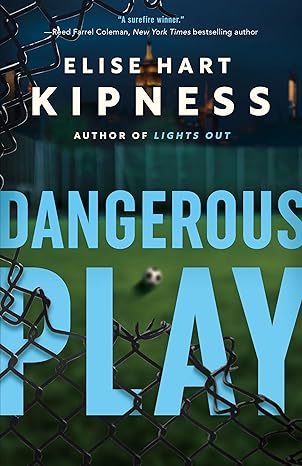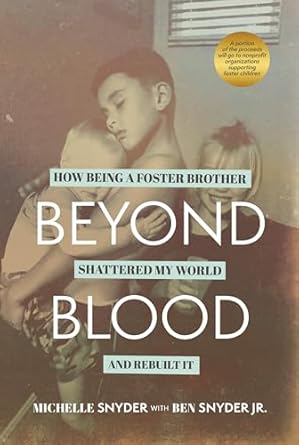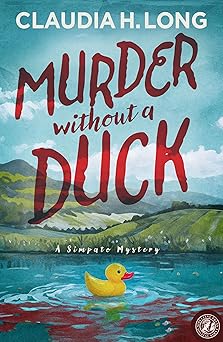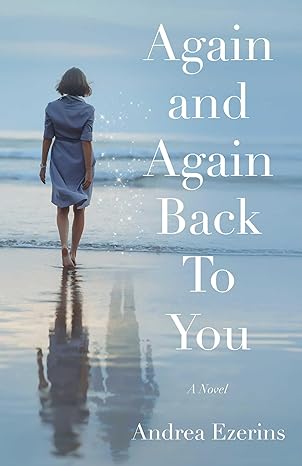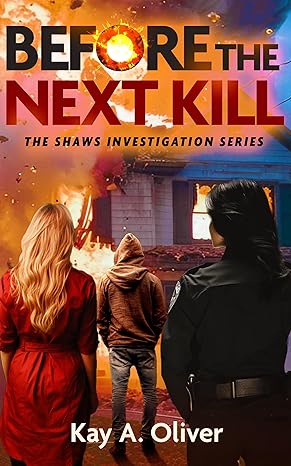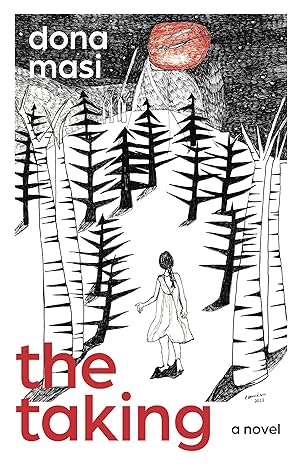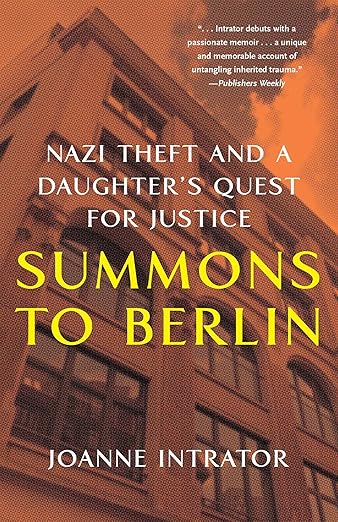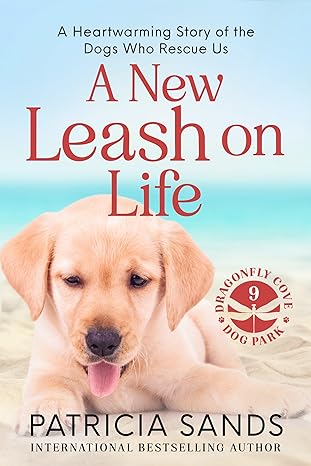Writing Scary Stories: Monsters 101
By Christina Hamlett
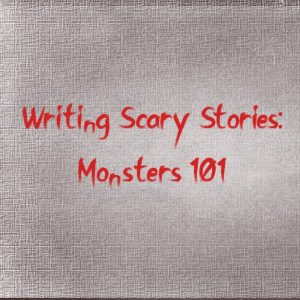 Like a lot of kids, I grew up thinking that monsters lived in my closet. I had no real reason for believing this, nor did I ever ponder why they could be kept so easily at bay by a Tinkerbelle nightlight, an open bedroom door and a cadre of vigilant stuffed animals. Perhaps, though, I now credit my childhood angst for the adult rationale of keeping my walk-in closet stuffed with enough apparel that any monster dumb enough to get trapped inside would likely suffocate before he could inflict much harm.
Like a lot of kids, I grew up thinking that monsters lived in my closet. I had no real reason for believing this, nor did I ever ponder why they could be kept so easily at bay by a Tinkerbelle nightlight, an open bedroom door and a cadre of vigilant stuffed animals. Perhaps, though, I now credit my childhood angst for the adult rationale of keeping my walk-in closet stuffed with enough apparel that any monster dumb enough to get trapped inside would likely suffocate before he could inflict much harm.
Bogeyphobia (yes, that’s a real word) is a fearful state of mind that has probably been around since the dawn of mankind. Whether arising from internal predispositions, exaggerated reactions to traumatic external events or just weary parents trying to keep children in line with scary stories, fabricated “monsters” share a common denominator of giving their intended victims a racing heart, rapid breathing, excessive sweating and uncontrollable shaking. Not only, you see, is it just the thought of impending death that causes them to quake with such dread but—thanks to Hollywood—thought of meeting one’s demise in a particularly weird, painful and icky way. With the approach of Halloween, what better time for some Monsters 101 to get the creative juices flowing?
By definition, a monster is a fictional creature that has sprung forth as a freak of nature or an experiment by man gone terribly wrong. Whether through hideous appearance, destructive actions or an amoral mindset, monsters serve just as much purpose in holding a mirror up to our own dark sides as they do in filling a proxy role for real-life sociopolitical threats.
In the 1950s, for example, movies involving outer space invasions were subliminal propaganda to remind us that Communists were malevolent bullies wanting to crush us. This same decade—fueled by post-atomic jitters—begot plots wherein unleashed radiation spawned giant ants, monster blobs and mutant crabs.
By the 80s and 90s, the combined criticism of the space program and the tweaking of DNA to produce clones like Dolly the sheep inspired fare such as the Alien and Jurassic Park film franchises as a graphic warning that scientific curiosity could kill much more than just cats.
If you want to write stories of scary substance, there are some immutable laws of monster undertakings you’ll be expected to observe.
WHAT’S ITS MOTIVATION?
Just like human villains, a monster should never be bad “just because.” The monster is either in circumstances beyond its control or intellect (and, thus, courts empathy) or purposely threatens our existence because (1) we’re in its way, (2) we’ve awakened a curse, (3) we’re a plentiful food source or (4) we destroyed something it loved.
WHAT ARE ITS SUPER-POWERS?
Along with physical strength, monsters often have a keen sense of smell, vision and/or hearing which becomes more sharply honed as the plot progresses and causes the pursued to become more clever in finding hiding places. Note: Super-powers and limitations must be defined early in the plot. You can’t for instance, suddenly have your monster become invisible if he has never been invisible before now.
BIGGER ISN’T ALWAYS BADDER
We tend to think of monsters as being much bigger than humans. This isn’t always the case. Consider the scarabs in The Mummy, the worms in Squirm, the spiders in Arachnophobia, and a plethora of knock-off gremlins, ghoulies and murderous dolls. Just because it’s little, fuzzy or cute doesn’t mean it’s not out for blood; specifically, yours.
SOMEBODY SAVE US!
The one person who figures out something is dangerously amiss and tries to warn others that precautions must be taken is (1) always laughed at and thought to be a kook, (2) often tries to befriend the monster or understand its point of view, (3) sometimes dies by misjudging the monster’s motives, or (4) has a loved one who must be rescued from the monster’s clutches.
YES, BUT HOW?
To vanquish a rampaging monster, you must either employ the most high-tech gadgetry (which has never been tested until now) or resort to something incredibly simple such as fire, water, mirrors, trip-wires, chasing it onto a glacier or throwing salt in its mouth. A reference to the method of destruction, however, must be foreshadowed early in the plot (and probably by the same guy everyone ridiculed).
PLAYING IT FOR LAUGHS
Even humor has its place in monster stories and serves to illustrate that the differences between Them and Us aren’t always as far apart as we might think. Young Frankenstein, Hotel Transylvania, and Monsters, Inc. are just a few samples of storylines in which those we’d normally associate with fright-fests just want to find a little love, be a good parent and make the world a better place.
Here’s to bringing your own creatures to life! And remember to leave that light on…..
RESOURCES SIDEBAR
Any monster you can think of in today’s pop culture can trace its origins to mythology, fairy tales, regional folklore, literature, and even the seafaring tales of early explorers who lived in dread of the Kraken, the Sirens, and Davy Jones’ Locker. Check these out to educate yourself on all things monstrous:
Monsters in the Movies by John Landis (2011)
Mythical Monsters: The Scariest Creatures From Legends, Books and Movies by Chris McNab (2006)
Monsterology: The Complete Book of Monstrous Beasts by Dr. Ernest Drake (2008)
Mythology: The Gods, Heroes and Monsters of Ancient Greece by Lady Hestia Evans (2007)
Monsters by L. Andrew Cooper and Brandy Ball Blake (2012)
Monsters: An Investigator’s Guide to Magical Beings by John Michael Greer (2001)
Monsters In Print: A Collection Of Curious Creatures Known Mostly From Newspapers by Adam Benedict (2019)
The Monster in Theatre History: This Thing of Darkness by Michael Chemers (2017)
—
Former actress and director Christina Hamlett is an award-winning author whose credits to date include 47 books, 266 stage plays and squillions of articles. She is also a script consultant for stage and screen and a professional ghostwriter.
—
A LITTLE SCANDAL IN ST. ANDREWS, Christina Hamlett
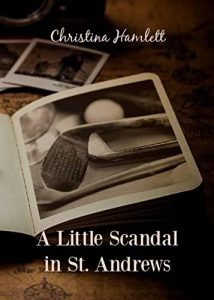 Against the storied and majestic backdrop of Rusacks Hotel in St. Andrews, Scotland, one of golfing’s most prestigious events is attracting spectators from around the world. This year it has also attracted a thief and a murderer…or are they the same person?
Against the storied and majestic backdrop of Rusacks Hotel in St. Andrews, Scotland, one of golfing’s most prestigious events is attracting spectators from around the world. This year it has also attracted a thief and a murderer…or are they the same person?
Whatever hopes Rochelle Reid had for catching some cozy R&R on a working Highlands holiday with her boyfriend are quickly disrupted by an unscrupulous photographer, getting tasked to entertain a Saudi prince’s sheltered wife and being pursued by an Italian playboy. Then again, it’s all par for the course when one includes amateur sleuthing among her skill sets.
BUY HERE
Category: Contemporary Women Writers, How To and Tips






